A new Marine Protected Area off Puerto Rico has been created
The new MPA off the coast of Puerto Rico includes 202.7 km2 of coastal coral reefs, mangroves, and seagrass habitats

The new MPA off the coast of Puerto Rico includes 202.7 km2 of coastal coral reefs, mangroves, and seagrass habitats
Bringing a 16-year fight for increased conservation efforts to a triumphant conclusion, local communities are celebrating the creation of a new Marine Protected Area: Jardines Submarinos de Vega Baja y Manati. The newly-established MPA will encompass 202.7 square kilometres of coastal coral reefs, mangroves, and seagrass habitats which will play a vital role in the conservation of over 14 endangered species the area is home to, including the Caribbean manatee (Trichecus manatus) This species of manatee is one of three in the world, alongside the African manatee and Amazon manatee. This is a huge, innocuous marine mammal that can reach a weight of 500g, with a sweet yet silly face, so much so that they are often nicknamed sea cows.
The area hosts vibrant small-scale fisheries and local ecotourism industries. It’s the hope among the local communities that these newly adopted efforts to co-manage the Jardines area as an MPA will allow its waters to remain a source for food and income for local families for generations to come. The campaign to protect the Jardines Submarinos was led by a coalition of different local groups, including VIDAS (Vegabajeños Impulsando Desarrollo Ambiental Sustentable), Puerto Rico Sea Grant, Sociedad de Ambiente Marino, Surfrider Puerto Rico and Para la Naturaleza, supported by international partners like the Wildlife Conservation Society (WCS).
Pamela Castillo, WCS Marine 30×30 director, shared, during an interview, how this goal was reached “thanks to the unstoppable efforts of a coalition of local communities.
WCS – she added – is honoured to provide technical support that helps locally-led efforts like this one reach the national level, contributing to the successful designation of the Jardines MPA.”
“This – notes Ricardo Laureano, a leading member of VIDAS – is a victory for the people. These ecosystems nourish us and sustain our quality of life. It took sixteen years of hard work to get here. Over that time, we have been rallying neighbours and engaging local and national leaders to highlight the critical need to protect the reserve.”
“The creation of the Jardines MPA – concluded Laureano – will represent a critical point of connectivity within the greater Caribbean. Since 2018, the Wildlife Conservation Society has been working the Caribbean Biological Corridor (CBC) an intergovernmental platform, uniting the countries of the Greater Antilles, to advance and scale up marine conservation in the region. As part of this initiative, WCS have supported local partners in Puerto Rico who worked alongside VIDAS to bring forward the MPA Jardines proposal and reach this outcome”. This good news is always a pleasure and opens our hearts to new hopes for the future of our planter.
By Paolo Ponga





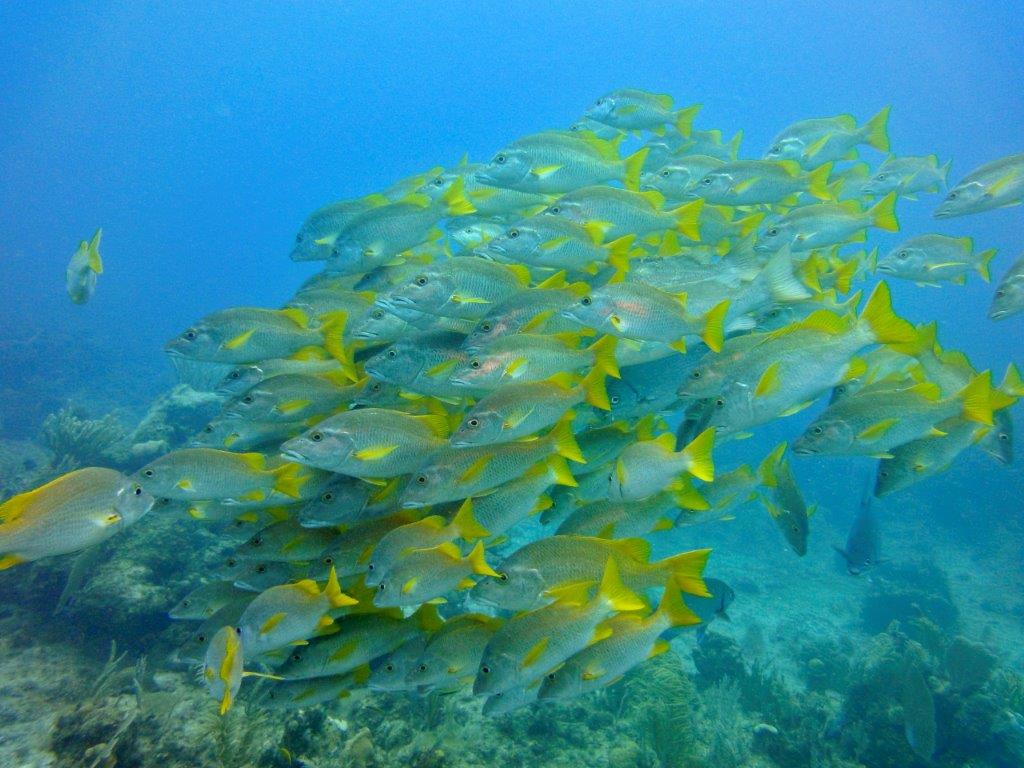









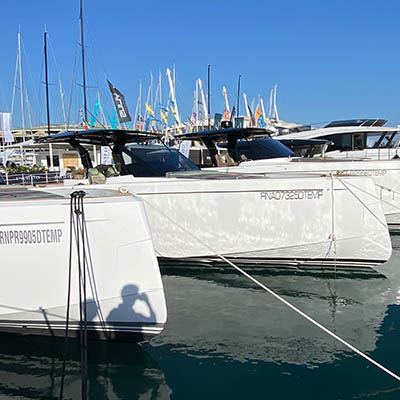


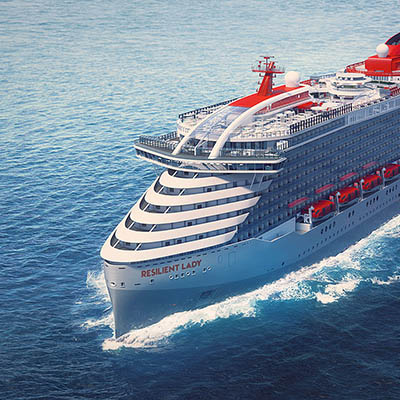
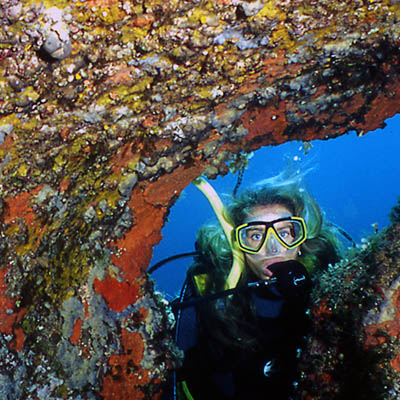



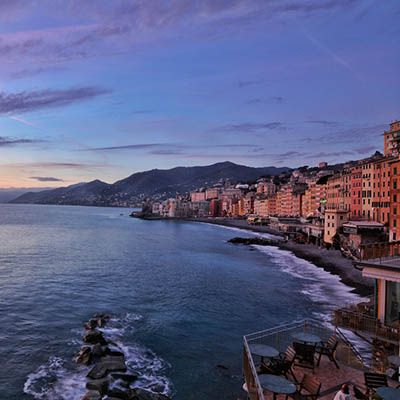


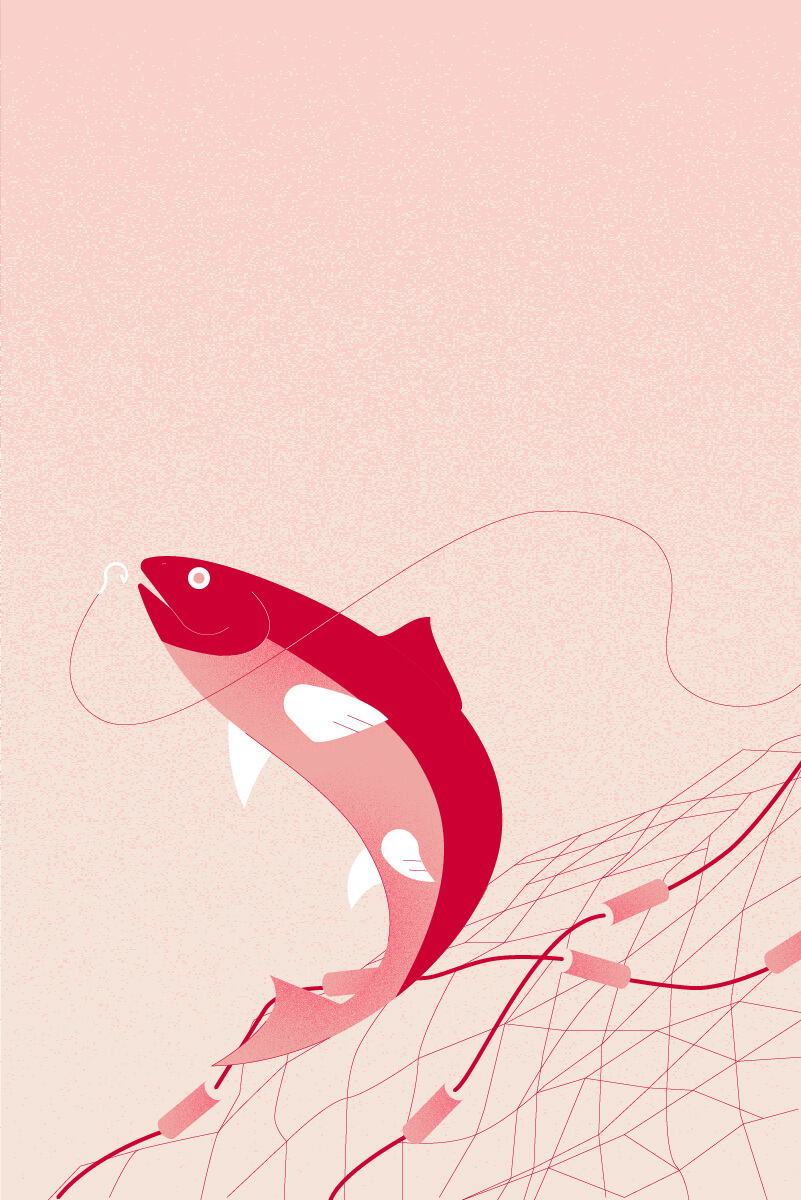

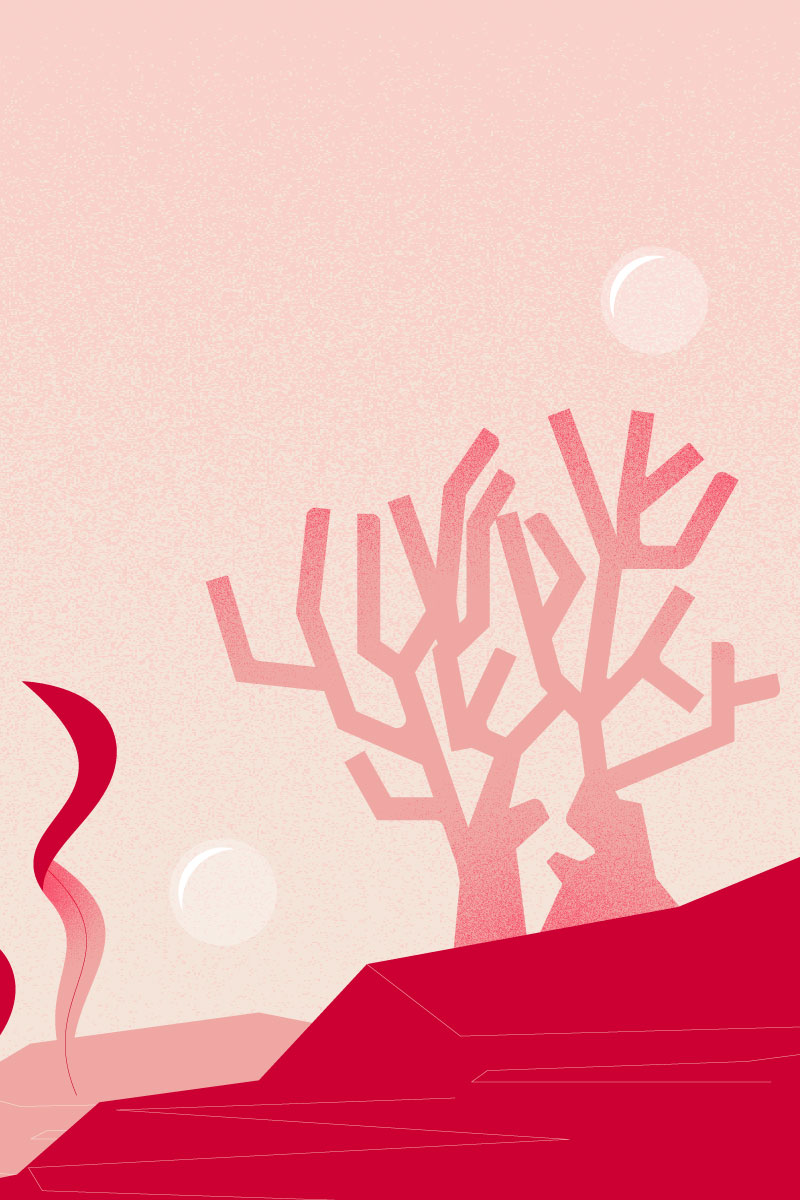






You made a little mistake in this sentence “This is a huge, innocuous marine mammal that can reach a weight of 500g” , not 500g, but 500kg.